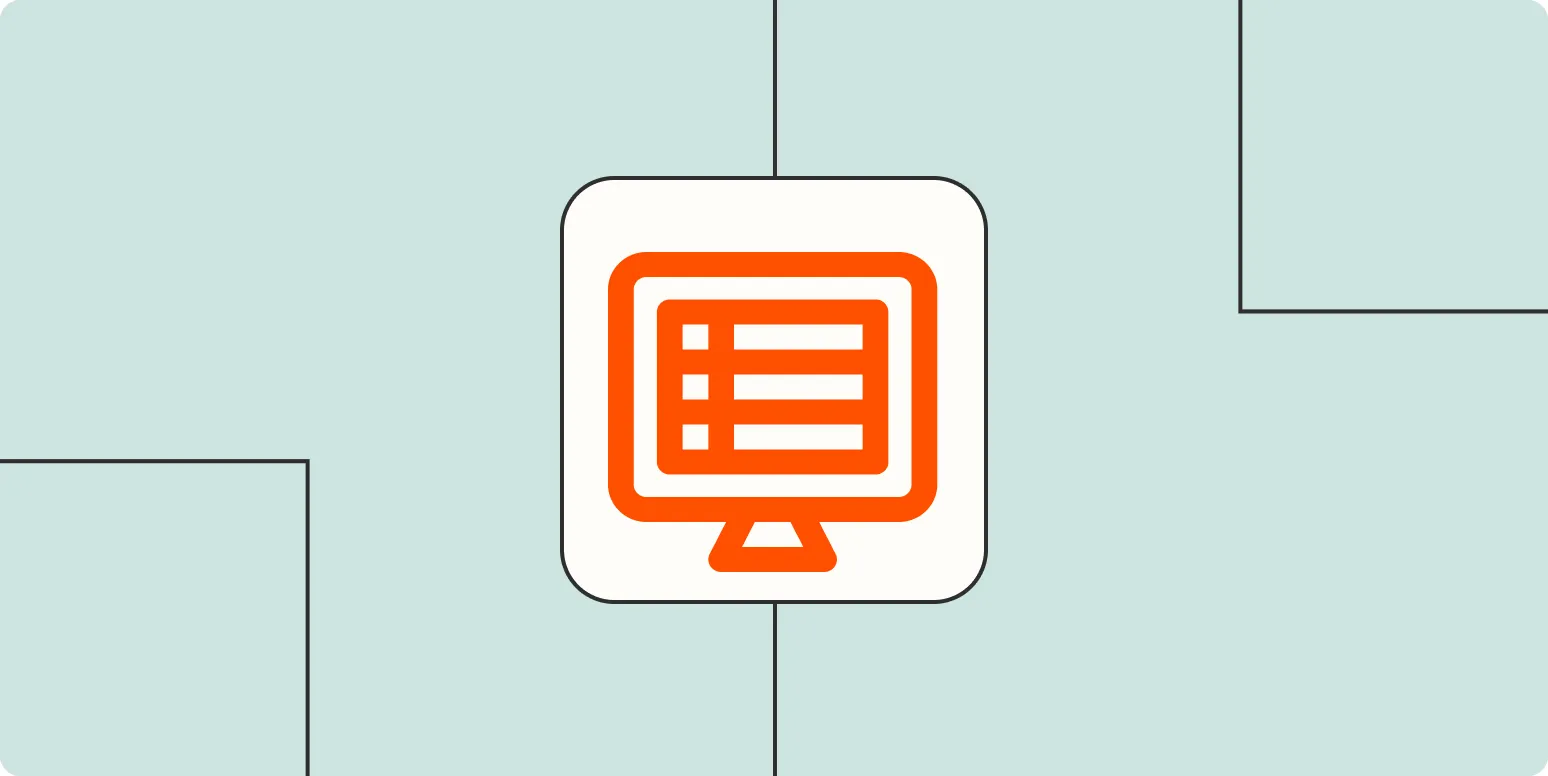A ''CMMS'' (Computerized Maintenance Management System) is a software solution designed to streamline maintenance operations, improve efficiency, and enhance asset management. By automating tasks such as work orders, inventory management, and preventive maintenance schedules, CMMS helps organizations minimize downtime and extend the lifespan of their equipment.
Key Uses of CMMS
CMMS can be a game-changer for businesses across various industries. Here are some of the primary ''uses'' of CMMS:
| Use | Description |
|---|---|
| Work Order Management | CMMS allows businesses to create, assign, and track work orders efficiently. This helps ensure that maintenance tasks are prioritized and completed on time. |
| Preventive Maintenance | By scheduling regular maintenance tasks, CMMS helps organizations reduce the likelihood of equipment failure and prolong the lifespan of assets. |
| Inventory Management | CMMS systems can track inventory levels, manage spare parts, and automatically reorder supplies when stock runs low. |
| Asset Management | CMMS provides a centralized database for all assets, making it easier to monitor performance, track usage, and analyze maintenance costs. |
| Reporting and Analytics | With built-in reporting tools, CMMS allows users to analyze maintenance data, identify trends, and make informed decisions to improve operations. |
Benefits of Implementing a CMMS
Implementing a CMMS can offer numerous benefits for organizations looking to enhance their maintenance processes. Some of the key advantages include:
- Increased Efficiency: Automating maintenance tasks reduces manual labor and frees up valuable time for maintenance teams.
- Reduced Downtime: Preventive maintenance schedules minimize equipment failures, leading to less unplanned downtime.
- Cost Savings: By optimizing maintenance processes, organizations can lower operational costs and extend the life of their assets.
- Improved Compliance: CMMS helps organizations adhere to regulatory requirements by keeping detailed records of maintenance activities.
Tips for Choosing CMMS Software
When selecting a ''CMMS software'', it's important to consider several factors to ensure you choose the right solution for your organization. Here are some tips to guide your decision:
- Identify Your Needs: Assess your organization's specific maintenance requirements. Consider the size of your facility, the number of assets, and the type of industry.
- Ease of Use: Look for software that is user-friendly and intuitive. A complex system can hinder adoption and lead to wasted resources.
- Scalability: Choose a CMMS that can grow with your organization. Ensure it can handle increased data and user demands as your business expands.
- Integration Capabilities: Consider how well the CMMS integrates with existing systems, such as ERP or inventory management software, to maintain data consistency.
- Customer Support: Evaluate the vendor's support options. A responsive support team can make a significant difference in your experience with the software.
Best Practices for Using CMMS
To maximize the effectiveness of your CMMS, it's essential to follow best practices during implementation and daily use:
- Train Your Team: Ensure that all users receive adequate training on how to use the CMMS effectively. This will help drive adoption and ensure accurate data entry.
- Regularly Update Data: Keep asset information and maintenance records up to date. Accurate data is crucial for making informed decisions.
- Utilize Reporting Features: Take advantage of built-in reporting tools to analyze maintenance performance and identify areas for improvement.
- Encourage Feedback: Regularly solicit feedback from users to identify challenges and areas for improvement within the CMMS.
Conclusion
A ''CMMS'' is an essential tool for organizations aiming to optimize their maintenance operations. By understanding its uses, benefits, and best practices, businesses can improve efficiency, reduce costs, and extend the lifespan of their assets. Whether you're considering implementing a CMMS or looking to enhance your current system, following the tips outlined in this article will help you make informed decisions and achieve your maintenance goals.





